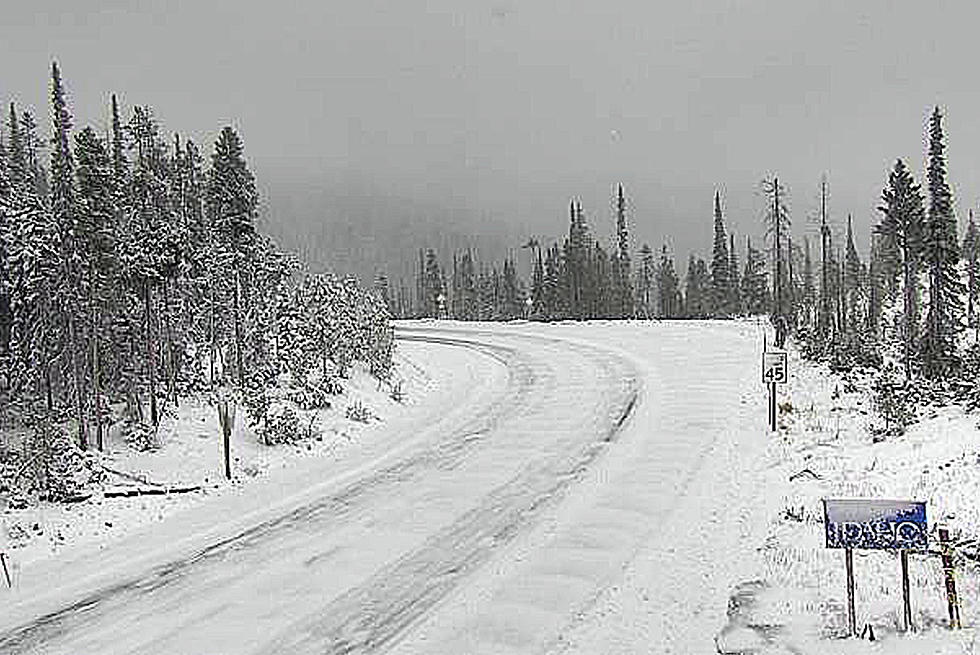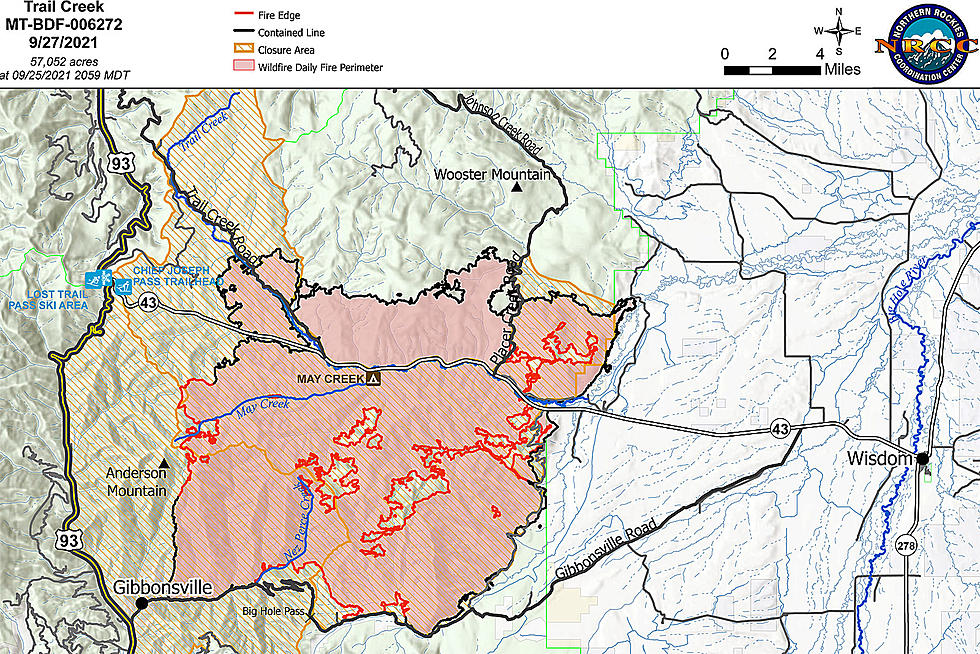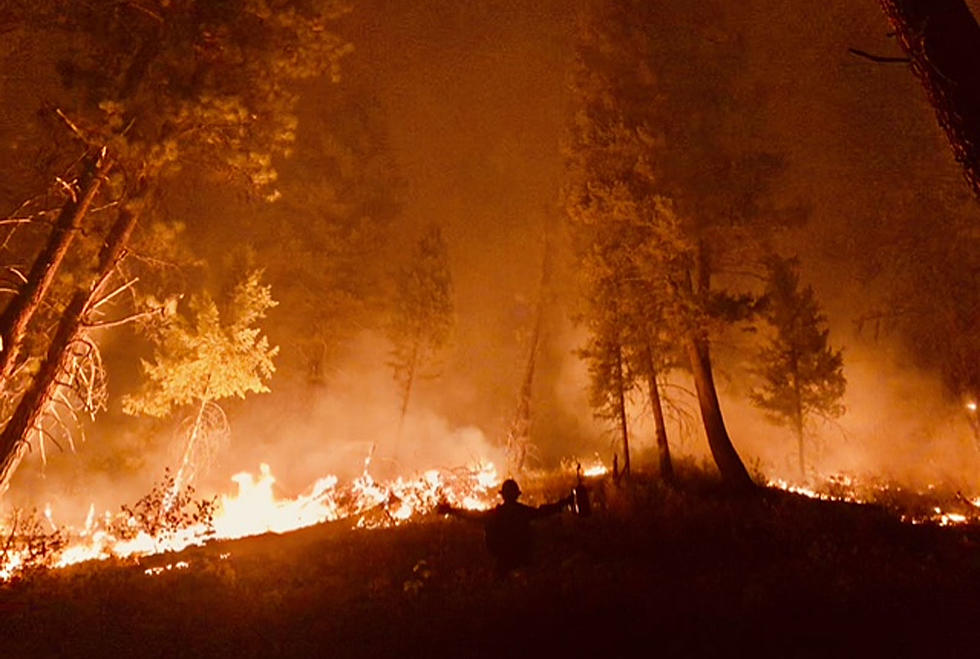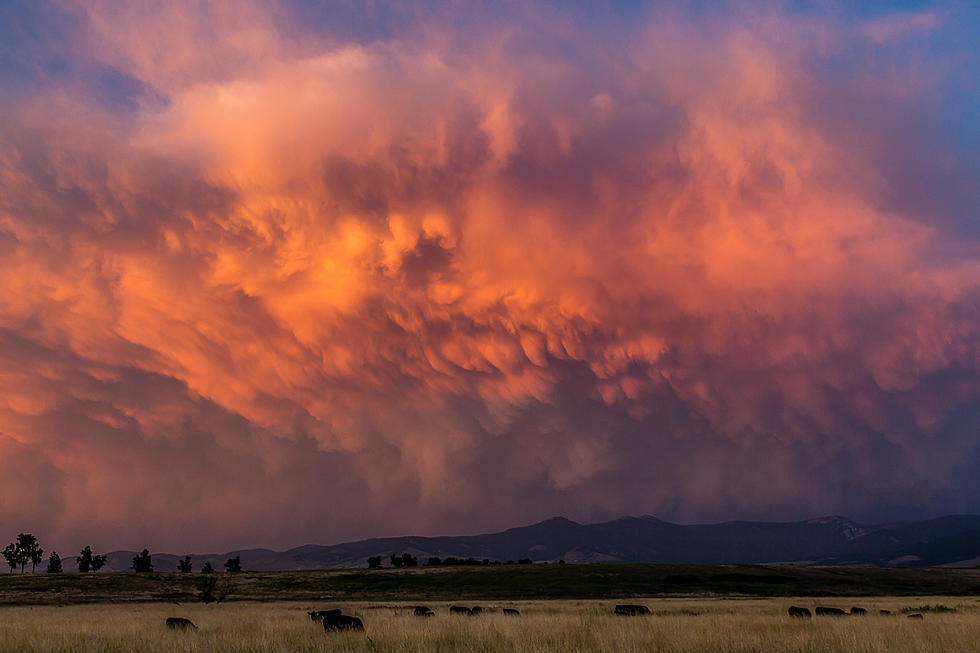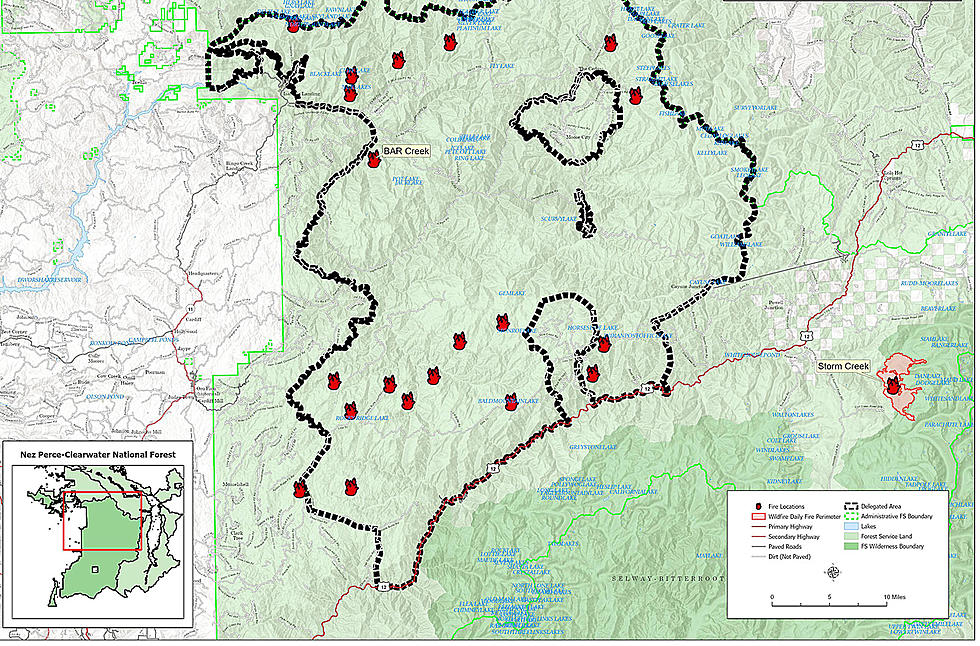
Idaho’s Storm Creek Fire Continues Growing
The 6,183-acre Storm Creek Fire is now part of the Storm Theatre Complex of 21 backcountry fires In Idaho under the management of a Type 1 Forest Service Incident Management team. The Storm Creek blaze is the largest of those fires and is the closest to the Bitterroot Valley. Also in Idaho, south of that complex is the Dixie-Jumbo Fire, about 37,000 acres, south of Grangeville, Idaho, on the western edge of the Selway-Bitterroot Wilderness.
Bitterroot National Forest Fire Management Officer Mark Wilson told Ravalli County Commissioners in a weekly fire update that the Storm Creek fire is about one and half miles from the Montana-Idaho border with smoke coming into the valley west of Victor. Mark said the winds were also carrying smoke from California and southern Oregon fires into the valley. The smoke in the valley was in the "Unhealthy" range most of Friday night and Saturday morning, before getting back to the "Moderate" level Saturday. The official air quality in Hamilton in the last couple of days has been at the edge of the "Unhealthy for Sensitive Groups."
Lewis said the Trail Creek Fire in the Big Hole, south of the valley, is now over 28,000 acres and a helicopter base has been set up at Sula to help the Beaverhead-Deerlodge National Forest fight that fire. Meanwhile, in the Bitterroot forest, with Stage 2 restrictions, only one campfire had to be extinguished during the week. And the small lightning-caused Boulder Point Fire up the West Fork was declared "out" Sunday. He said generally, people are following the "no burning" rules, but Eric Hoover of Ravalli County Emergency Services said there were some open burning violations on private land and at least two grass fires.
LOOK: 30 fascinating facts about sleep in the animal kingdom
LOOK: The most expensive weather and climate disasters in recent decades
More From 96.9 Zoo FM

